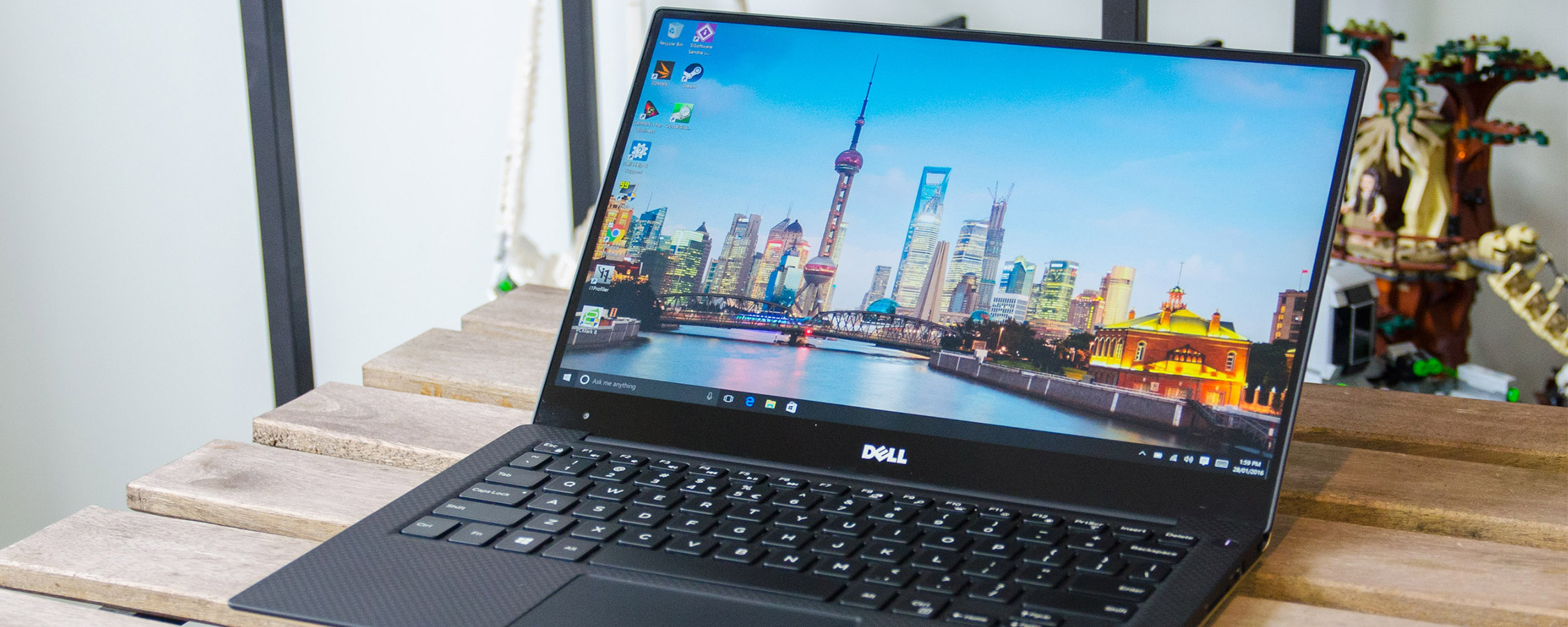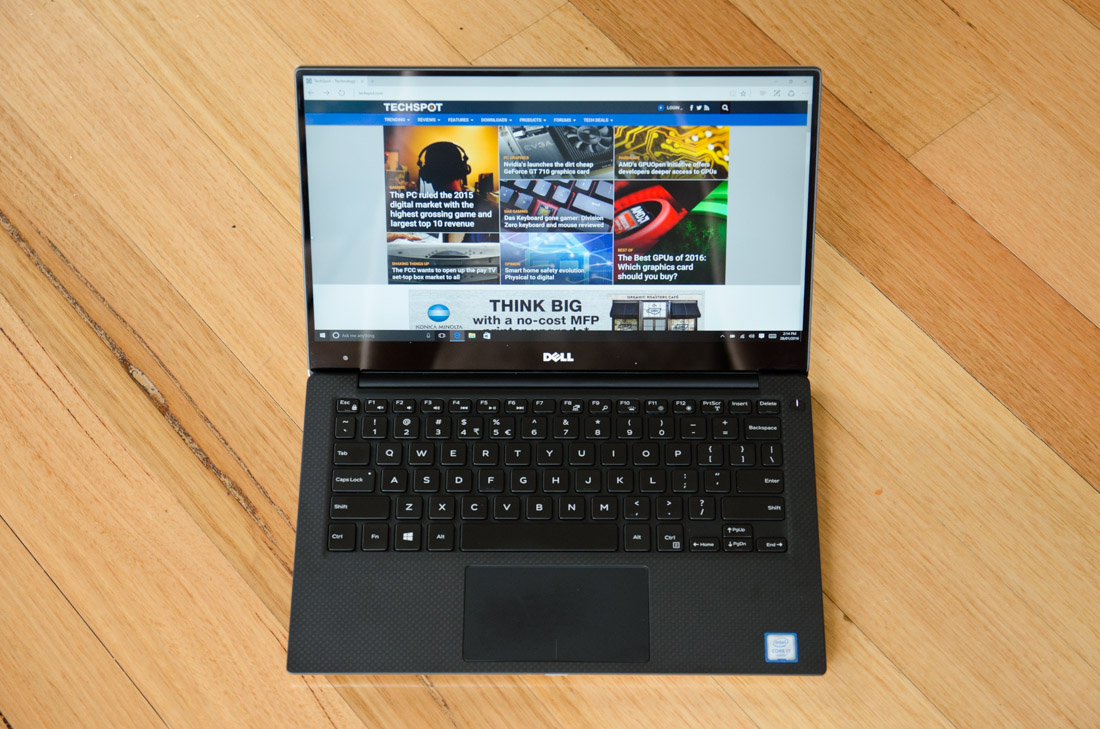Building Upon a Solid Foundation
Last year's XPS 13 established that Dell could make a truly excellent Windows laptop, and this new model builds upon that foundation with the inclusion of some handy cutting edge technology. For that reason, the late 2015 XPS 13 remains one of the best laptops on the market today.
An upgrade to Intel's Skylake CPUs headlines the list of changes made to the XPS 13 for the late 2015 model. The Core i7-6500U included with my review unit was around 5-10 percent faster on the CPU side than an equivalent last-gen Broadwell part, with performance gains of around 20% on the GPU side. These improvements aren't huge, but fall in line with Intel's typical generational jumps.
If you're thinking of upgrading from a Broadwell-based Core i5 system to a Skylake-based Core i7 system, there is enough of a performance gain (around 20-25%) to perhaps warrant an upgrade. Otherwise, I wouldn't say there is much of a reason to ditch your old XPS 13, or any laptop released in the past one to two years, for something similar with Skylake inside.
The new XPS 13 also includes a Thunderbolt 3 port, which supports both USB 3.1 gen 2 and Thunderbolt connectivity through a single USB Type-C. There's no doubt that Type-C ports will become more and more prevalent throughout the market as adoption increases, and clearly it's a superior connector to anything else on the market, providing both high-speed transfers and power delivery. Thunderbolt 3 is in its very early stages of adoption, but there's already some products available that make use of its 40 Gbps transfers and multiple 4K monitor support.
Aside from these two additions, the rest of the new XPS 13 remains essentially unchanged from its predecessor. This means you're still getting the awesome, eye-catching design with ultra-slim bezels that allow the XPS 13 to be more compact than other 13.3-inch laptops. The gold model I received to review is still made from high-quality metal, complemented well by soft-touch plastic around the keyboard, which gives the device a premium look and feel.
Both the keyboard and trackpad found in the XPS 13 are great, as is the 3200 x 1800 touchscreen display. I had previously only used the 1080p variant of the XPS 13, which itself is a great product with extended battery life, but it just doesn't have the same crispness and quality reproduction of colors as the QHD+ model. The touchscreen also comes in handy from time to time.
As for which model to choose, the $800 entry-level model equipped with just 4 GB of RAM and a Core i3 CPU isn't powerful enough for me to recommend as a top ultrabook. The $1000 model, however, sits at a good price for a 1080p display, Core i5 CPU and 8 GB of RAM.
On the other end of the scale, the high-end models seem quite expensive. There's no doubt that the QHD+ display is beautiful, but to get it as well as a Core i7 CPU you have to spend at least $1650. While competitors like Apple's MacBook Pro and Microsoft's Surface Book are more expensive, Lenovo's Yoga 900 for example, ships with these features for just $1,200.
Luckily Dell provides a wide range of options for consumers to choose from, so if you want one of the best Windows 10 laptops, you should be able to find something that suits your budget.
Pros: The same awesome design and display as last year's XPS 13. Skylake provides better performance and efficiency. Thunderbolt 3 is a handy inclusion. Decent battery life.
Cons: High-end models are expensive, entry-level model only comes with 4GB RAM.




